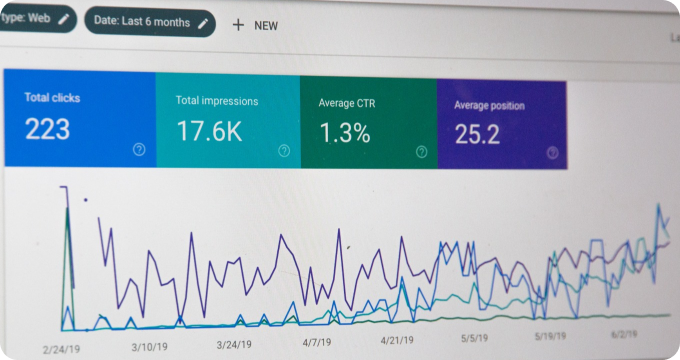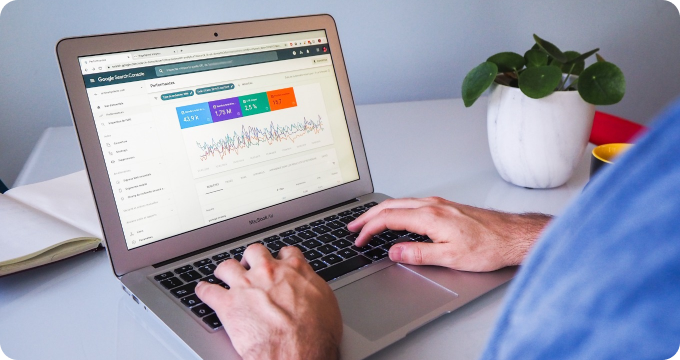7 Essential Questions to Ask Before Choosing Your Demand Forecasting Software
- October 20, 2023
- 3 minutes
The realm of demand forecasting is one of complexity and nuance. This discipline, central to supply chain management and business planning, is a dynamic field of study, applying econometric models and statistical analysis to predict consumer behavior. Selecting an appropriate software for this task requires a thoughtful analysis, where potential users should consider several key questions. Let’s delve into seven pivotal queries that you must consider before making your choice.
-
Does the software incorporate multiple forecasting methods?
To begin, we draw on the theory of robustness in statistical estimation, which emphasizes the need for forecasting models to accommodate various data patterns and structures. The ideal software is one that offers different forecasting methods. These can range from simple methods, such as moving averages and exponential smoothing, to more sophisticated ones like autoregressive integrated moving averages (ARIMA) and machine learning algorithms. Selecting a software with a wide range of methods ensures a robust model that can capture the underlying pattern of your data.
-
How adaptable is the system to your specific business needs?
Here, we can reference transaction cost economics, which highlights the importance of specificity in investment decisions. A forecasting software is an investment, and it must align with the unique features of your business. It should be flexible enough to incorporate your business's specific variables and parameters, be it seasonal variations, product lifecycles, or promotional activities.
-
What is the software's degree of automation?
The essence of automation lies in the principle of efficiency. The more automated the system, the less human intervention is required, enabling you to save time and reduce the chances of errors. A software that can automatically select the best-fit model, adjust for outliers, update forecasts, and generate reports would be a superior choice.
-
How does the software handle data integration?
The idea of data integration is rooted in the law of requisite variety, which states that the control system must be as diverse as the environment it seeks to control. From a forecasting perspective, your software must handle a variety of data types and sources, be it internal (e.g., sales and inventory data) or external (e.g., macroeconomic indicators, social media data). The software should also be compatible with different data formats and seamlessly integrate with your existing systems (e.g., ERP or CRM systems).
-
Does the software offer collaborative demand planning features?
The concept of collaborative demand planning draws from the principles of game theory, particularly the Nash equilibrium, which posits that the optimal outcome in a 'game' (in this case, demand planning) is achieved when all players are making the best decisions based on what the others are doing. This implies that the software should allow for cross-functional collaboration, where sales, marketing, finance, and operations teams can share inputs and adjust forecasts, leading to more accurate predictions.
-
How does the software measure forecast accuracy?
Forecast accuracy, as a concept, is intertwined with the field of error measurement in mathematical statistics. It's imperative that your chosen software provide a suite of error measures such as Mean Absolute Deviation (MAD), Mean Squared Error (MSE), and Mean Absolute Percentage Error (MAPE). These metrics will enable you to quantify the precision of your forecasts, compare different models, and continually improve your forecasting process.
-
How comprehensive is the software's reporting and visualization capabilities?
The importance of reporting and visualization in decision-making is underscored by cognitive psychology, which asserts that visual information is processed more quickly and easily than textual data. A robust software should generate detailed reports and visualizations that provide insightful summaries of your forecasts, their accuracy, and the impact on inventory levels and order quantities.
In conclusion, the choice of demand forecasting software is a decision of significant consequence, requiring a careful and deliberate consideration of several key factors. By asking these seven questions, you will be better equipped to choose the software that best fits your business needs and optimizes your demand forecasting process, leading to improved accuracy, efficiency, and profitability.
Learn More
Unleash the power of prediction and stay ahead of the curve by diving deeper into our enlightening blog posts about demand forecasting software. For an unbiased, comprehensive view, they should not miss the opportunity to explore our meticulously curated rankings of the Best Demand Forecasting Software.
Popular Posts
-
 7 Compelling Reasons Why Your Business Needs Demand Forecasting Software
7 Compelling Reasons Why Your Business Needs Demand Forecasting Software
-
 The Future of Demand Forecasting Software: Predictions and Emerging Trends
The Future of Demand Forecasting Software: Predictions and Emerging Trends
-
 Ask These Questions to a Demand Forecasting Software Provider to Choose the Right Solution for Your Business
Ask These Questions to a Demand Forecasting Software Provider to Choose the Right Solution for Your Business
-
 How to Hire the Right Demand Forecasting Software for Your Business
How to Hire the Right Demand Forecasting Software for Your Business
-
 7 Things I Wish I'd Known About Demand Forecasting Software Before Implementing One
7 Things I Wish I'd Known About Demand Forecasting Software Before Implementing One






